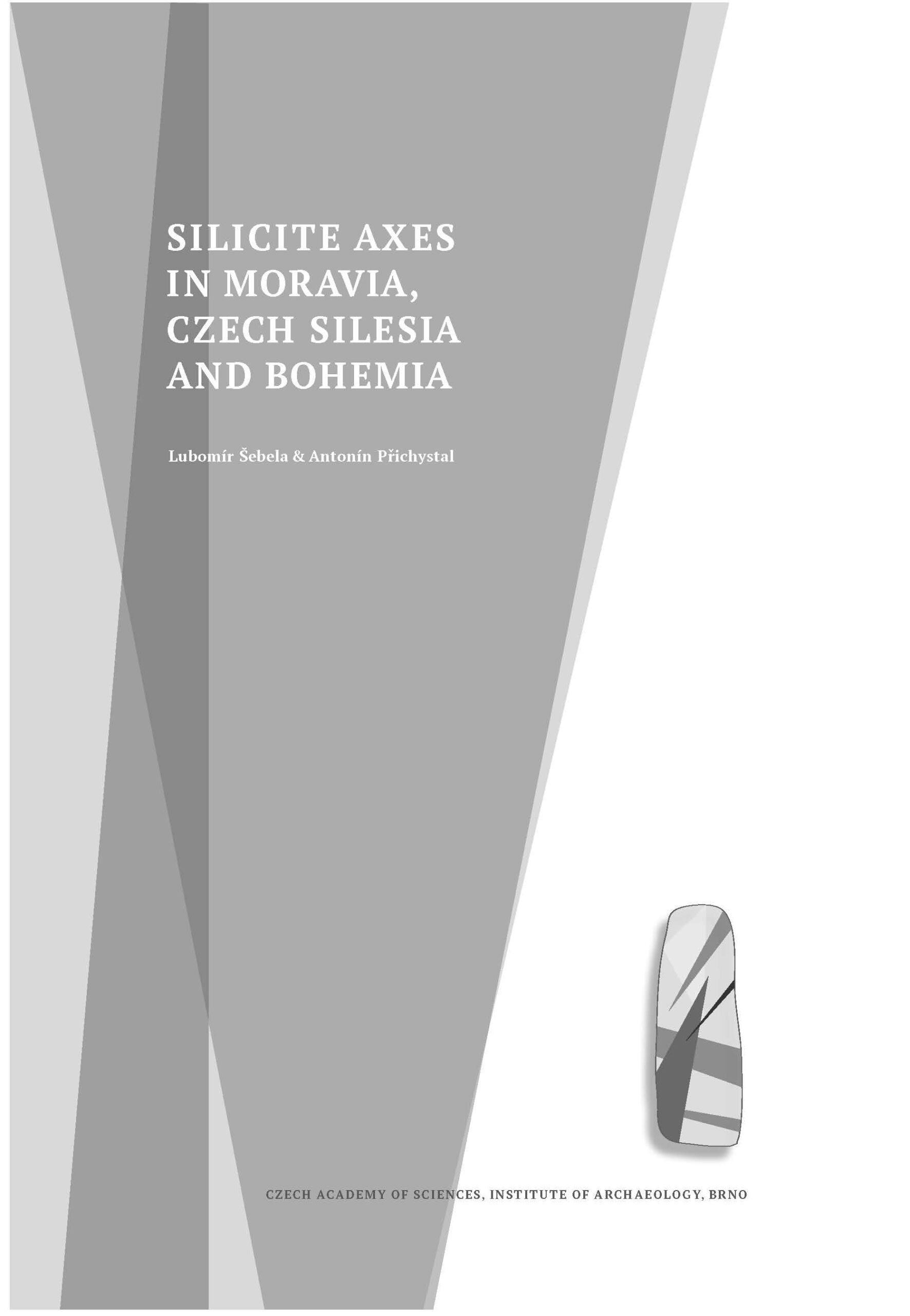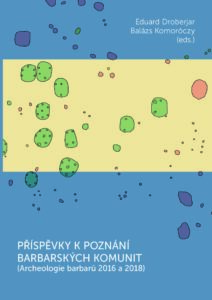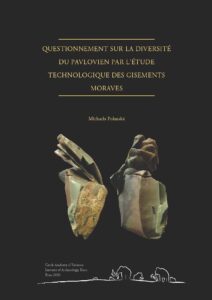Publications
Silicite Axes in Moravia, Czech Silesia and Bohemia
500 Kč
Price without VAT: 500 Kč
Availability:
In stock
Volume 65
Czech Academy of Sciences, Institute of Archaeology, Brno
Brno 2020, 306 p.
ISBN 978-80-7524-037-8
ISSN 1804-1345
The publication examines silicite axes and chisels, which represent a special type of chipped stone industry in the prehistoric period. In the territory of the Czech Republic, they occur relatively rarely and known finds are usually dated to the Late Eneolithic and Early Bronze Age periods. In terms of the raw material, they were primarily made of silicites from glacigene sediments (flint) and to a lesser extent from Polish raw materials. Local raw materials were used to a negligible extent. Silicite axes and chisels are evidence of intensive contact between the Czech territory and areas north of the Czech Republic, where the production centres could be found. Morphologically, the collection of siliceous axes is extremely varied. The diversity of such can be explained by the peripheral position of the Czech Republic in relation to production centres in southern Scandinavia, and central and southern Poland.



